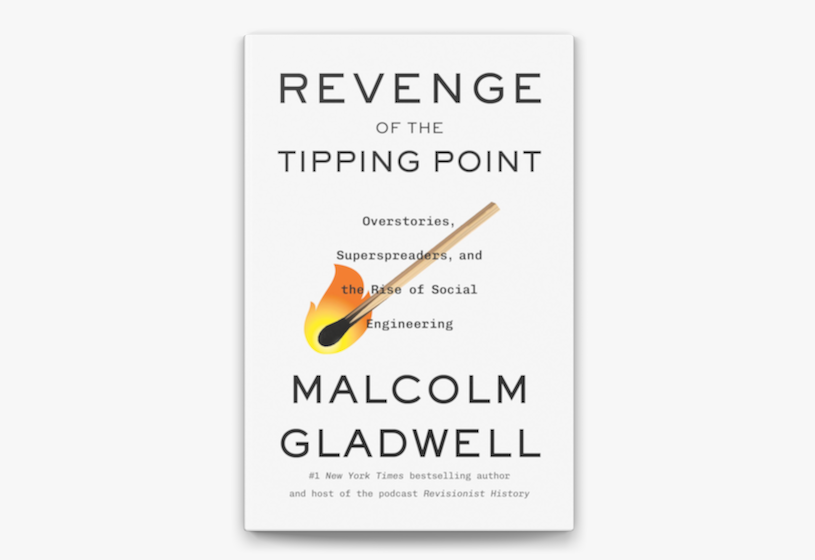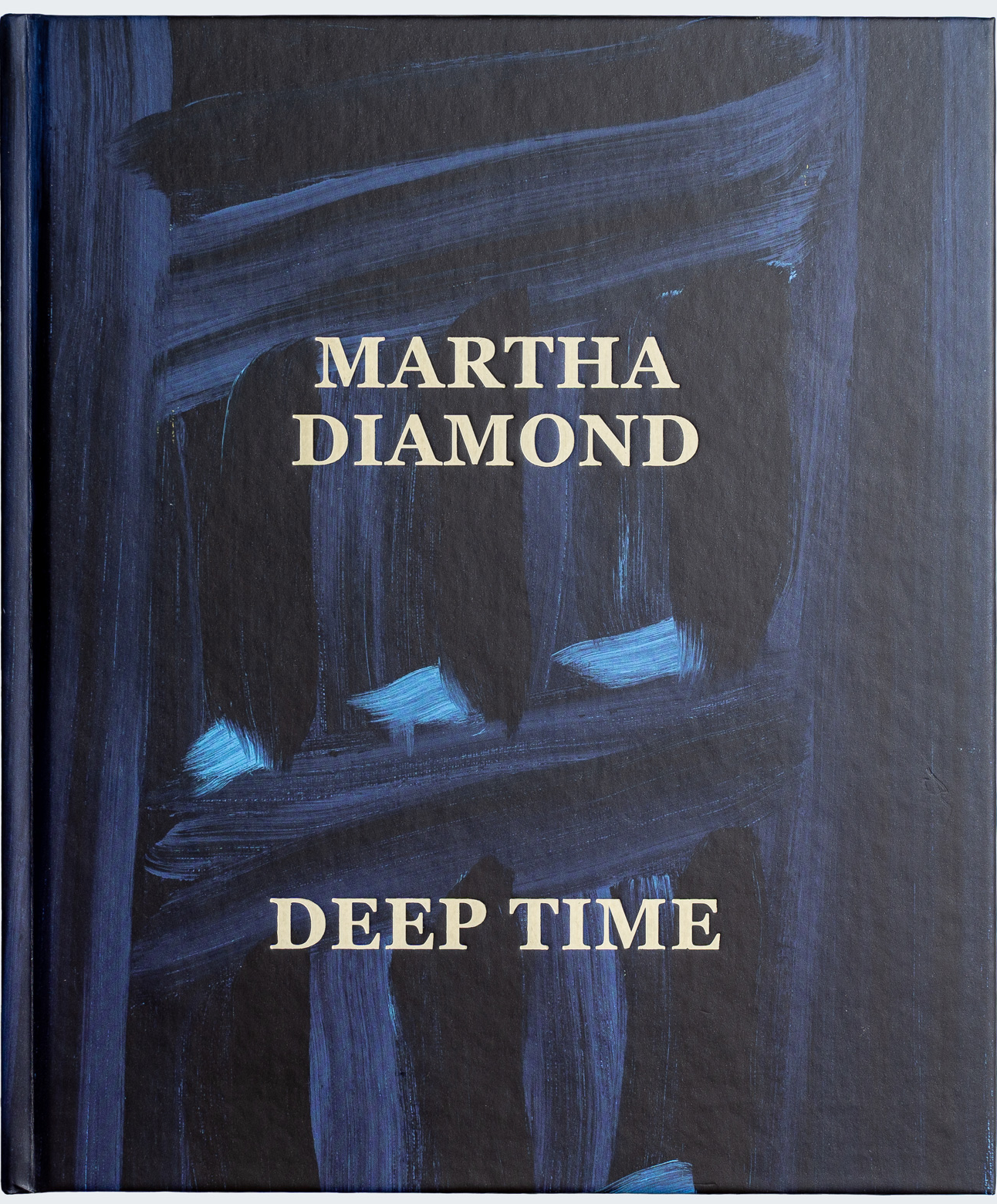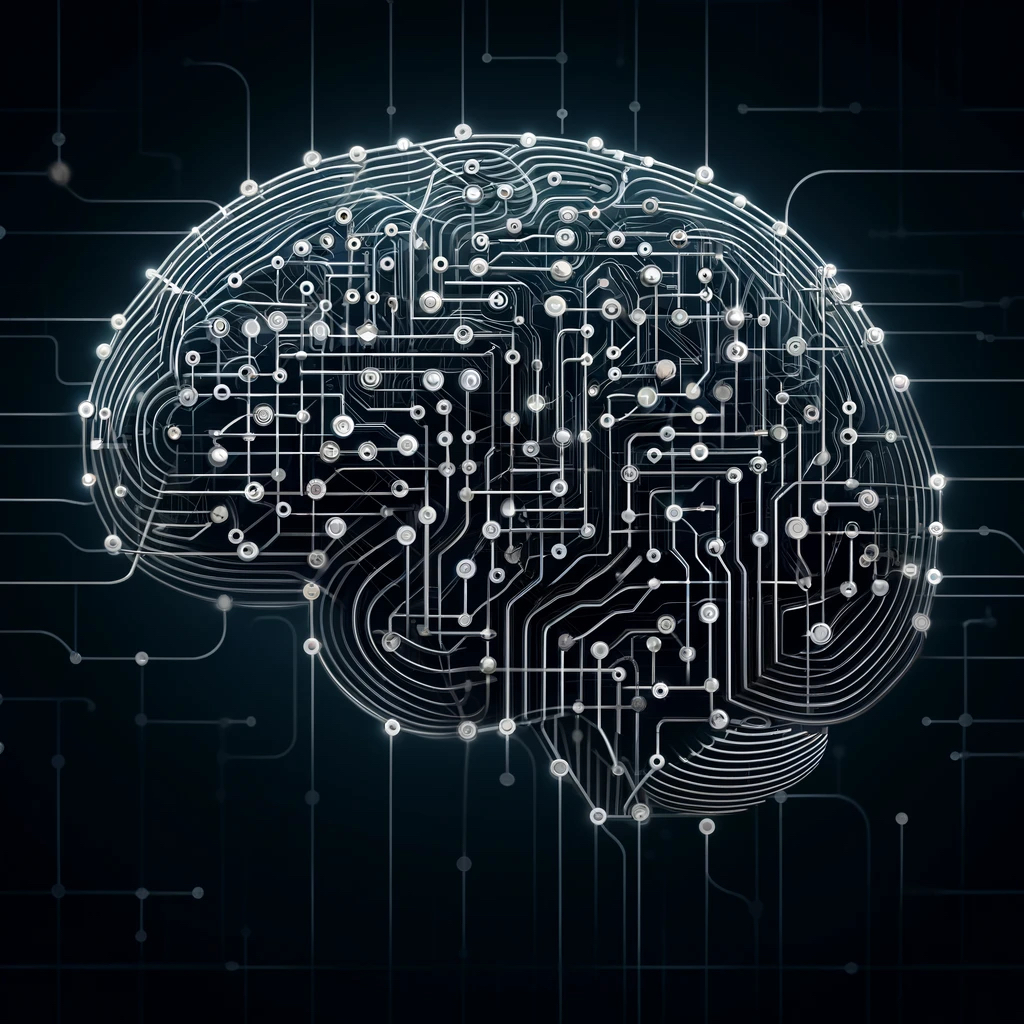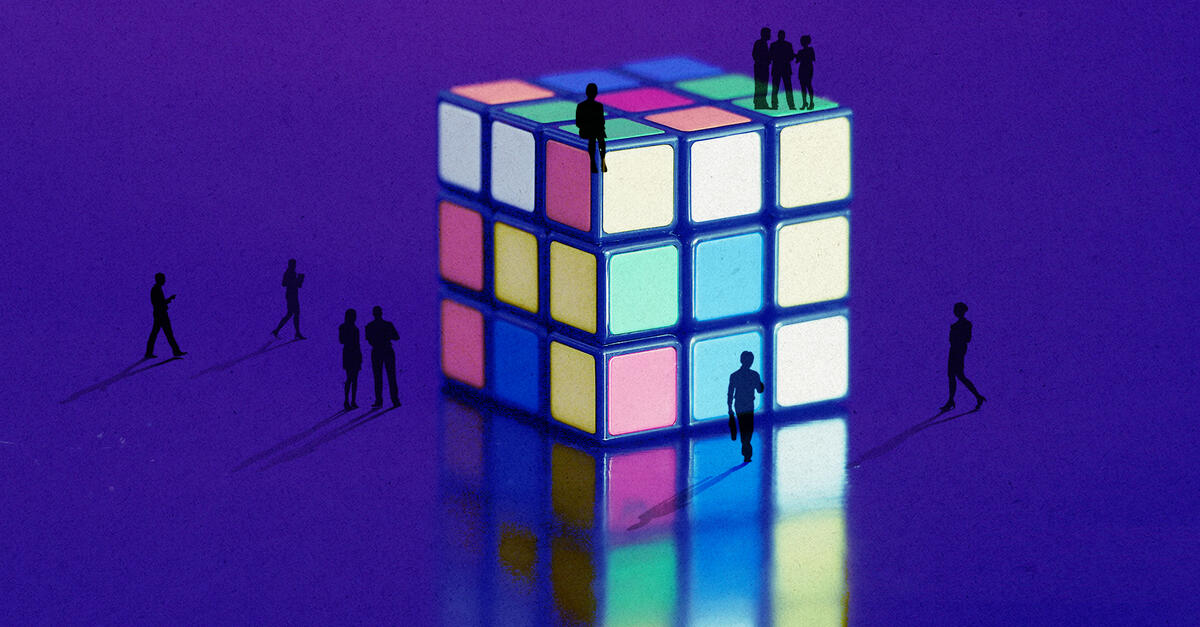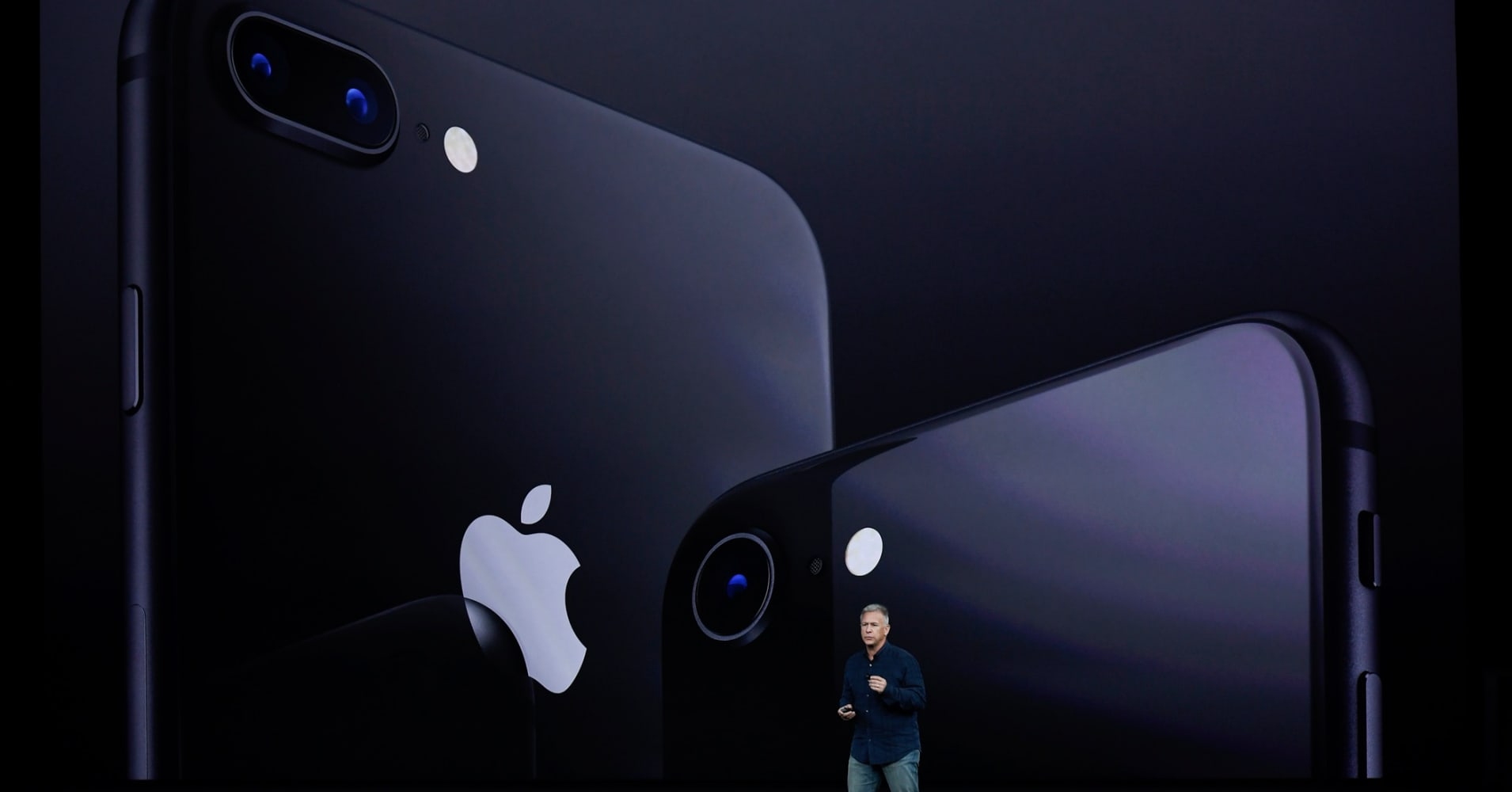
Photo: Qi Heng | VCG | Getty Images
WHAT DOES A SILICON VALLEY ARTIFICIAL-INTELLIGENCE PIONEER have in common with Bolivian tin miners equipped with pickaxes and dynamite? With Chilean men and boys extracting lithium from underground brine pools? With Chinese workers in assembly plants that management has ringed with netting to deter suicides? With a wildly successful yet conscience-stricken videogame designer in Hanoi? As reported by Brian Merchant in The One Device: The Secret History of the iPhone, all these people and many more were players in the making of what may be the hottest gadget in human history.
It’s a remarkable tale, one that takes us well beyond the predictable panorama of late-night coding sessions and choreographed Apple product launches (though we see those as well). Instead, Mr. Merchant goes deep into the guts of the device that has made Apple the most valuable publicly traded company on the planet.
Books: Digital Life |
Learning to Live With AICo-intelligence, by Ethan MollickThe Wall Street Journal | April 3, 2024 |
Swept Away by the StreamBinge Times, by Dade Hayes and Dawn ChmielewskiThe Wall Street Journal | April 22, 2022 |
After the DisruptionSystem Error, by Rob Reich, Mehran Sahami and Jeremy WeinsteinThe Wall Street Journal | Sept. 23, 2021 |
The New Big BrotherThe Age of Surveillance Capitalism, by Shoshana ZuboffThe Wall Street Journal | Jan. 14, 2019 |
The Promise of Virtual RealityDawn of the New Everything, by Jaron Lanier, and Experience on Demand, by Jeremy BailensonThe Wall Street Journal | Feb. 6, 2018 |
When Machines Run AmokLife 3.0, by Max TegmarkThe Wall Street Journal | Aug. 29, 2017 |
The World’s Hottest GadgetThe One Device, by Brian MerchantThe Wall Street Journal | June 30, 2017 |
Confronting the End of PrivacyData for the People, by Andreas Weigend, and The Aisles Have Eyes, by Joseph TurowThe Wall Street Journal | Feb. 1, 2017 |
We’re All Cord Cutters NowStreaming, Sharing, Stealing, by Michael D. Smith and Rahul TelangThe Wall Street Journal | Sept. 7, 2016 |
Augmented Urban RealityThe City of Tomorrow, by Carlo Ratti and Matthew ClaudelThe New Yorker | July 29, 2016 |
Word Travels FastWriting on the Wall, by Tom StandageThe New York Times Book Review | Nov. 3, 2013 |
The author, an editor at the online publication Motherboard, is nothing if not obsessive. This is a man who really, really wanted to get inside his iPhone. Apple doesn’t make it easy—like many of the company’s devices, it is sealed shut with tamper-resistant screws—and Mr. Merchant wasn’t satisfied with spreading its innards out on a workbench in any case. He took the thing to a lab and had it pulverized to find out what it’s made of: lots of aluminum, carbon, iron and oxygen (from various oxides); some silicon, copper and cobalt; much smaller amounts of more than 20 other elements; and traces of rare-earth minerals like cerium and yttrium.
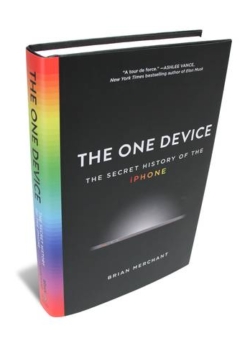
THE ONE DEVICE: The Secret History of the iPhone
by Brian Merchant
Little, Brown, 407 pages, $28

 June 30, 2017
June 30, 2017
